If you have ever wondered which manual therapy would be best for your body, this series of blogs is for you. Today we will explore Osteopathy, what is it? How is it similar to other manual therapies and how is it different? I sat down with Dr Andy McLeod and Dr Sarah McCahon from Foundation Health in East Ballina to explore the philosophy and benefits of Osteopathy.
What drew each of you to Osteopathy?
Andy: Personally, it took me a while to find osteopathy but I was always curious by nature. I was always intrigued to understand how the body moves, how it healed. In general, I was always very attracted to working with people. So it took me a while to find the right career or the right, devotion, I traveled a lot.
I spent five to eight years traveling the world to really learn about myself. And that was the key, really knowing my skill set, realising I was meant to work with people. I’m really good at a one on one situations, I connect really well. I know how to engage with people. Having knee injuries from soccer, different surfing injuries, and I was amazed at the speed and the ease that my body would recover when I saw an osteopath.
Then I had a knee injury from dancing at a music Festival. Would you believe it? And I did all this rehabilitation and all this Osteopathy and my knee hasn’t given me any grief since so this gave me an insight into Osteopathy. And I trained up it took me four or five years. And then eight, nine years down the track here I am loving it every day.
Sarah: I was always very heavily into netball, six, seven days a week doing all sorts of academies and state competitions, trying to get to that top level. And I was pretty lucky, not having too many injuries until I started really ramping up the level I was playing at and started having lots of problems with my hips, And I think I actually saw a few different practitioners, Physiotherapists and Chiropractors but nothing was really helping. And it kind of just felt like there was more to it. And didn’t feel listened to, I suppose.
My parents would always tell me about when I was a kid of about 18months old and I wasn’t walking and talking properly. They took me to an Osteopath with really great results. So eventually I went back as a teenager and got to the bottom of my injury. I felt very guided by Osteopathy through this.
What training is involved in being an Osteopath?
Andy: You complete a Bachelor of Clinical Science with a Masters of Osteopathic Medicine. This takes 4 or 5 years depending of the University. From the third or fourth year we are treating in the clinic with real clients under the supervision. It’s a lot of physiology, a lot of anatomy, a lot of case studies. We dive into the pathology of all diseases to understand our scope of practice. If it’s outside our scope we know when to refer on.
Sarah: The philosophy of Osteopathy is always in the forefront of our mind. So that we can not only know when to refer but also know when maybe there’s more than just what’s going on in the musculoskeletal system. Because the body is all connected, and that’s one of our philosophies. That’s how we tie in to the holistic nature of Osteopathy.
How is Osteopathy similar and different to other manual therapies?
Andy: All manual therapies have a process of assessment to determine the treatment. With an osteopath, our examination and our treatment occur the same day. So when you come in to see us, after the physical exam we do the orthopaedic and neurological examinations, and then we take the case history, and then we do our assessment.
Osteopathy is a hands on therapy. We use our hands to assess the asymmetry, we determine the range of motion, we determine the texture of the tissue, the tension, and then we put all these little clues together to try to work out why you’re having that pain.
Once we understand why you’ve got the pain we move into the treatment. There might be a little bit of variety between practitioners because we apply the philosophy. And it’s the art of that philosophy, which for every practitioner is different. The goal is to try to understand why the patient has the pain, and then we apply our techniques as treatment.
What is the ‘philosophy of Osteopathy’?
Sarah: Osteopathy was founded in the 1870’s by Andrew Taylor Still. There are four principles that Osteopathy is based around:
The body has its own self healing and regenerative capabilities, so the body can adapt. It’s got incredible power to be very resilient, and adapt to many situations.
The body is a unit – describing the interconnectedness of the entire body. One part of the body influences another. This is why Osteopaths consider more than the musculoskeletal system, we’re looking at the psychosocial elements, the behaviours, the visceral systems, as well as metabolic activity, things like that.
Then we get into structure and function being reciprocally related, our structures directly relate to function in the bodies and function directly relates to structure.
And then we start getting into rational treatment being based on integrating these three principles.
Andy: I think that a lot of people are not taught through modern medicine that the body can heal itself, given the right environment. So our goal as Osteopaths is to have this philosophy within us. It requires us to remove the obstacles, improve the range of motion, this requires our work, we facilitate this work. But the true healer is the body, we just facilitate it.
Some people run around saying “I’m a healer”, no , the body’s the healer, we always come back to the body, because it’s the body that has the magic, we just help this process. We let the body find that balance, because that’s what it needs to restore function and restore health.
MTN: Joseph Pilates had a similar respect for the body. He would say that “the body will teach itself”. Given the right environment and movement patterns.
Is there anything Osteopathy is particularly good at treating?
Andy: A wide variety. Often we get clients come in and they say, ‘you really helped me with my knee do you do feet?’Or ‘ you’ve helped me with my shoulder, but I’ve got this headache. Can you help me with that?’ My answer for that question is we treat the whole body from top to toe. We look at everything. And we try to understand why and get to that root cause of why you’re getting that pain.
MTN: And so where are the points where you refer on.
Sarah: We always have our scope in our mind. So we will look at how psychosocial and behavioural factors that can influence the body and manifest in the body. We can give encouragement in areas, but in terms of treating elements that might be more down that path that’s out of our scope.
If we believe someone needed extra help managing anxiety, that’s where we it’s out of our field. We would work together with a team of professionals and try and get the best referral possible and keep in contact with the patient to make sure they are on track.
Andy: We are involved in a lot of team care arrangements with the GP. So we get referred three or four sessions for certain conditions that are are under our scope. And sometimes they’re referred to psychologist or dietitians, exercise physiologists or Pilates instructors. You might have this recurrent hip pain or bursitis. We as osteopath can help that but say your opposing hip is quite weak. We’ve told you to do the exercises but you’re not , we’re all busy. We understand that so we suggest, work with this professional. That’s going to help you maintain your gains.
We’re open to referring to lots of different practitioners. It all comes down to what the clients comfortable with and what will work for them.
When is the best time to see an Osteopath?
Andy: If you have an injury, and that problem is not addressed, the body will start compensating. So what that means is, for example, a part of your hip is restricted with that movement. So what the body does, is it compensates, so we’ll use another part of your body to do that job. And it’s so intelligent that it can still get by, by not using that part as efficiently as it can. And over time, chronic pain sets in.
So generally, we like to as soon as people feel pain and the treatments are about helping people understand their body. It’s really better not to leave it for months, this is when things can become acute injuries. Assess things early.
Sarah: I think the tricky thing with the body being so incredible and being able to heal and being able to compensate is that I think there’s a lot of misunderstanding. If people have acute injuries, for example, your body will heal. And so often they put it off a little bit, and then you get to your four to six weeks or six to eight weeks afterwards and pain free and they think I’m pain free, I’m fine. Everything’s fine and then a few months down the road everything flares back up again.
Andy: If you are feeling suboptimal when you feel lethargic, or you feel like brain fog, or you feel like your system isn’t working efficiently this is the time to see an Osteopath. You might have pain, this is like little clues along the way. And once we teach people how to be sensitive to that, we can teach them how to manage that within their own world.
This helps people to avoid a chronic pain cycle. The world’s at a knife edge with chronic pain, people that are on prescription medication and not addressing the core root of it. Education is the biggest part, teaching people about their body, teaching them about their health. So they can leave and move better.
Andy and Sarah are Osteopaths at Foundation Health in East Ballina, NSW. They are open 6 days a week, you can book appointments via their website www.foundationhealth.com.au
I am Brigid Pearse a certified Pilates instructor, an ex-dancer and a mum. I run a fully equipped Pilates studio from my home in Lennox Head and I run community Pilates mat classes in Byron Bay, Ballina and online. To receive regular body wisdom sign up below.
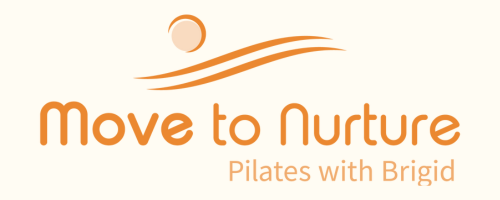
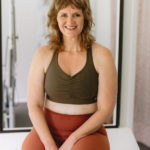
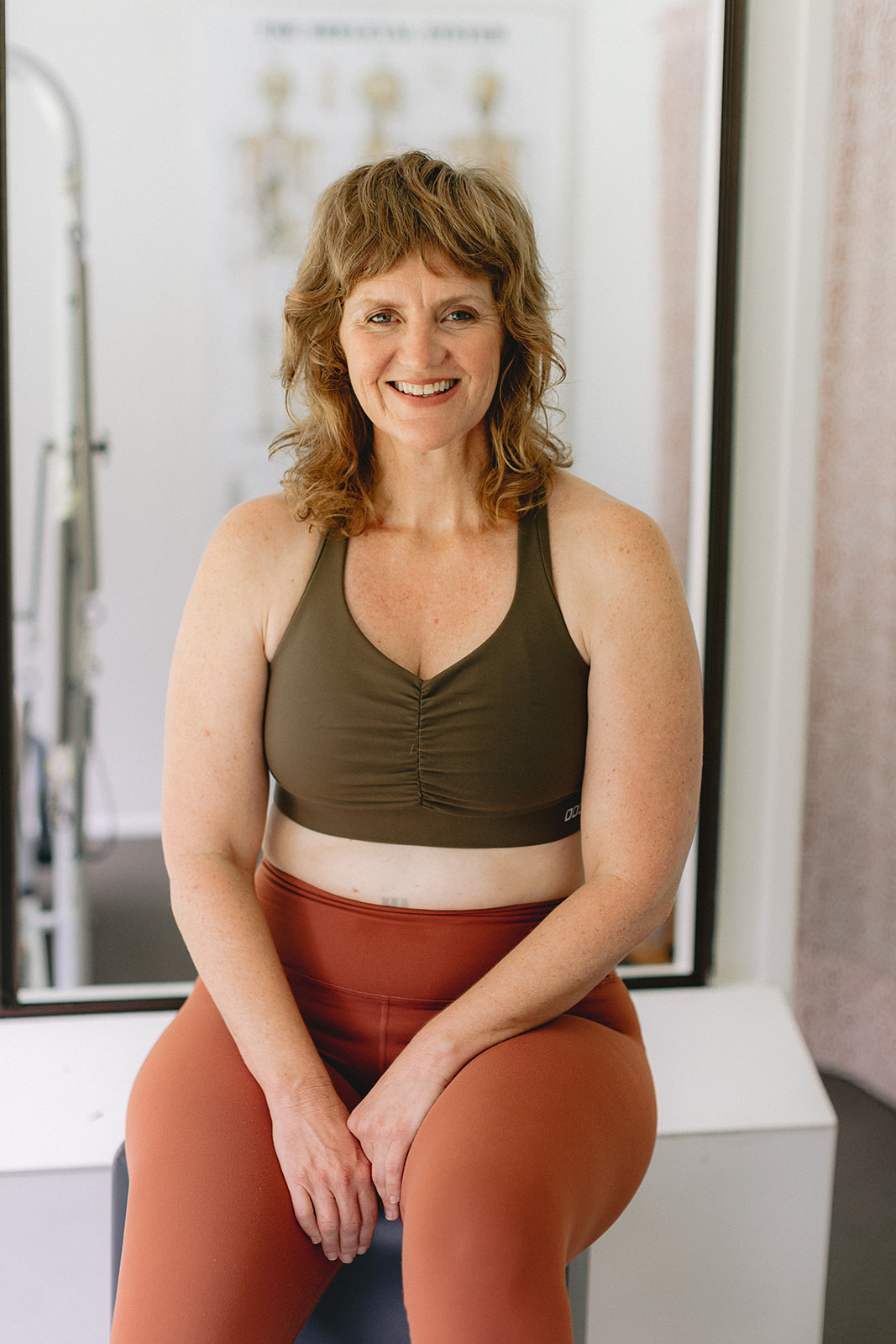
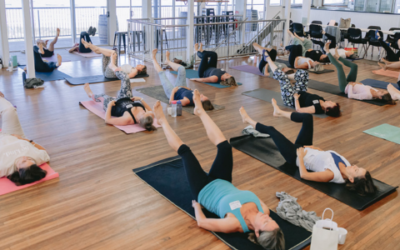

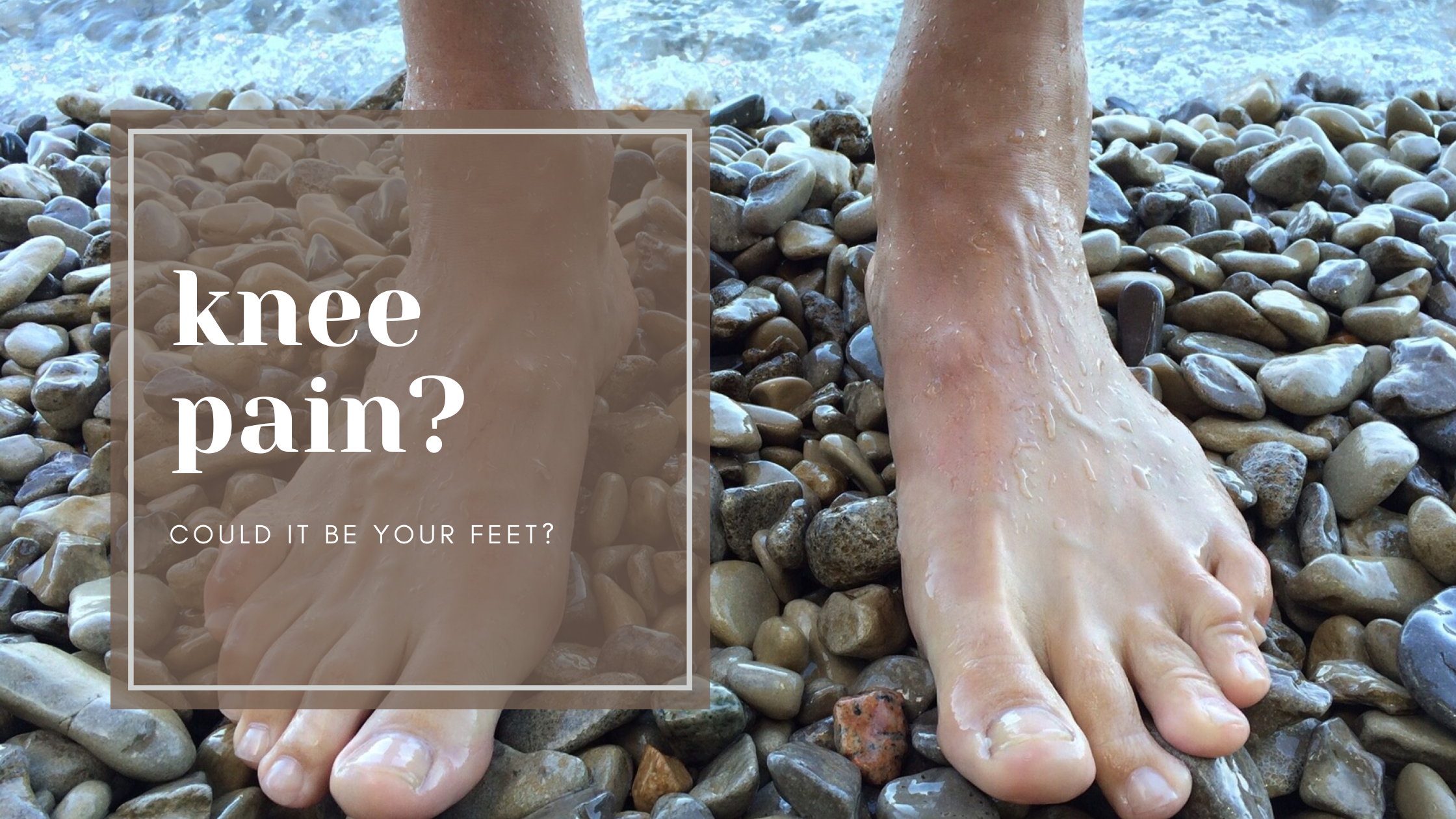
0 Comments